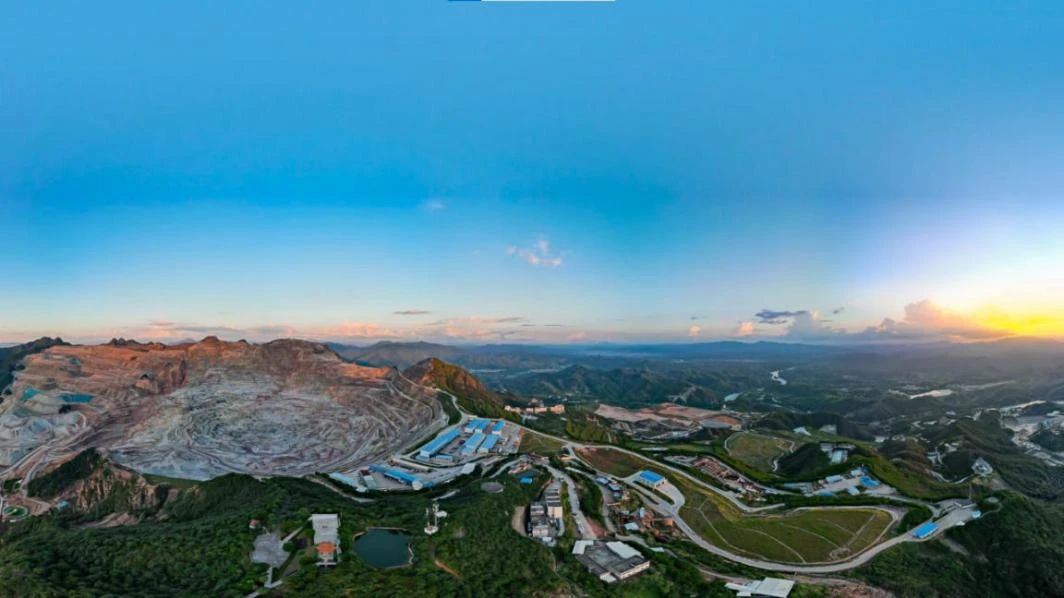
May 16, 2022
Argentina is investing $4.2 billion to stimulate lithium production, BNAmericas reported. The country's chamber of Mining Entrepreneurs believes this will help double production by 2023 to 175,000 tonnes by 2025.
Argentina produced 33,000 tons of lithium in 2020 and is expected to produce 50,000 tons this year.
Argentina's production development Minister, Matias Kulfas, announced the investment at a lithium roundtable last week. This money is important to improve efficiency and industrialisation and to improve infrastructure.
The government wants Argentina to become the third or fourth largest lithium producer in the world, Mr. Kurfas said.

"We made a decisive decision to invest $4.2 billion and implement public policy," Kurfas said.
At the meeting, the governors of Salta, Huhui and Catamarca provinces signed regional trade agreements to boost the lithium industry.
There are currently 23 projects in various stages in Argentina, according to the Ministry of Production and Development.
Of these, two are already in operation and expanding. The Fenix project, located west of the Hombre Muerto salt marsh in Catamaca province, has an annual capacity of 20,000 tons of lithium carbonate. The company that owns it, Livent, plans to expand that to 30,000 tons a year by 2025.
Olaroz salt marsh in Huhui produces 25,000 tons of lithium carbonate a year. The mine, operated by Sales de Jujuy and state-owned Jemse, aims to triple production by 2026.

The $641m Cauchari-Olaroz project is under construction and is expected to start production in the second half of this year, producing 40,000 tonnes a year of lithium carbonate, making it the country's largest lithium mine. The mine, owned by Minera Exar, is located in the Olaros and Kosari salt flats.
According to the US Geological Survey (USGS), Argentina has 19.3 million tonnes of lithium, ranking alongside Bolivia (21 million tonnes), Chile (9.8 million tonnes) and Australia (7.3 million tonnes).
Lithium is a key material for energy transition. The International Energy Agency predicts that world lithium consumption in 2030 will be 100 times higher than in 2020, driven by battery demand.